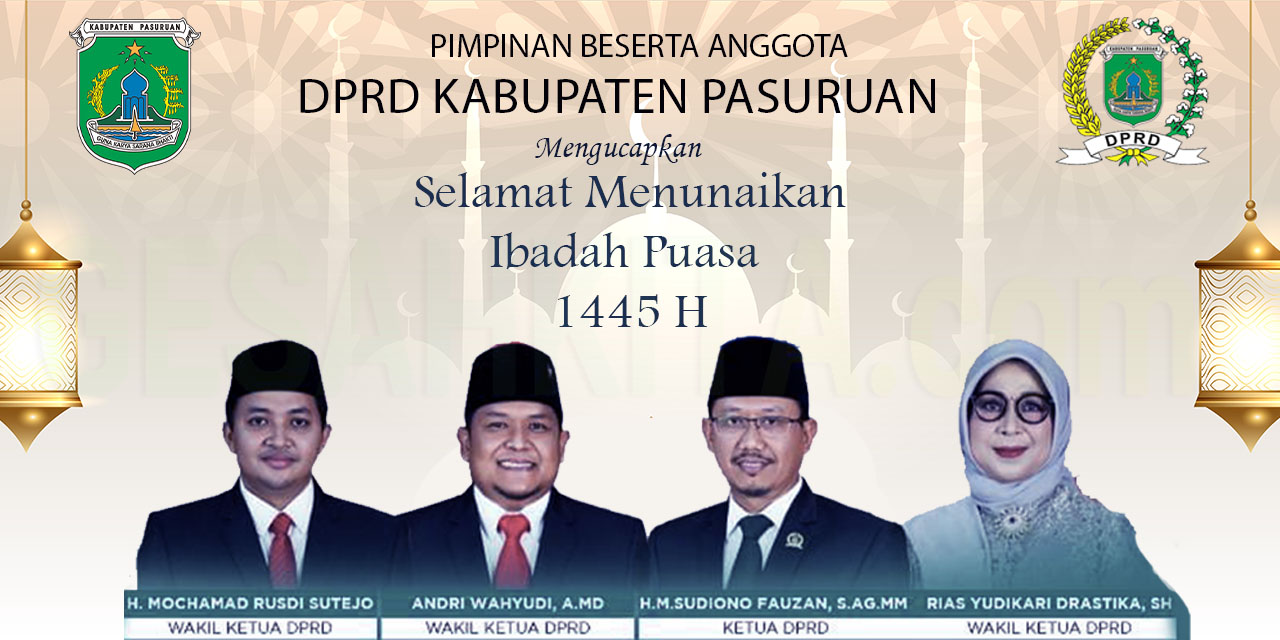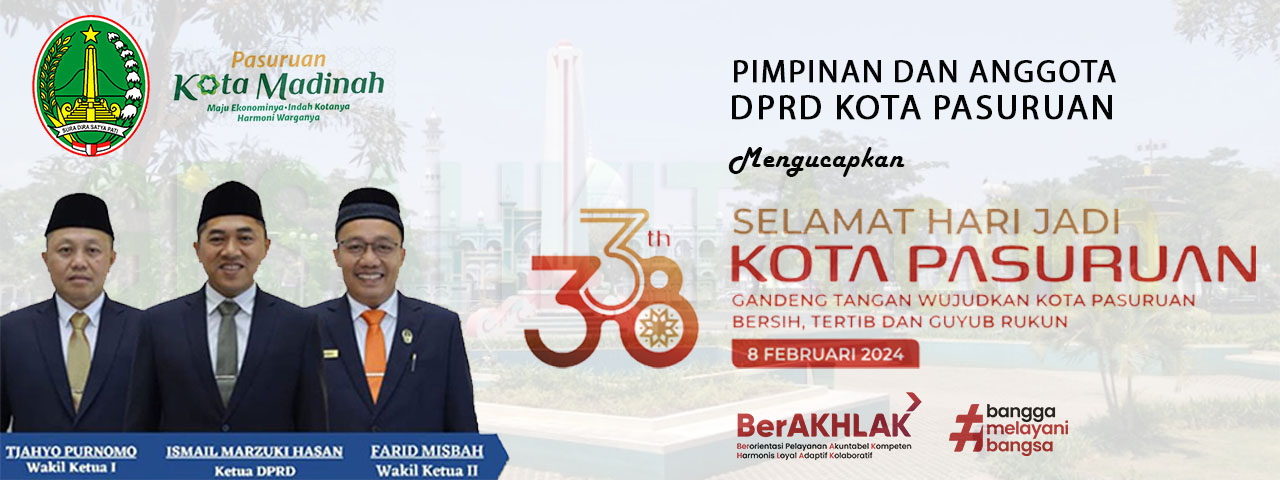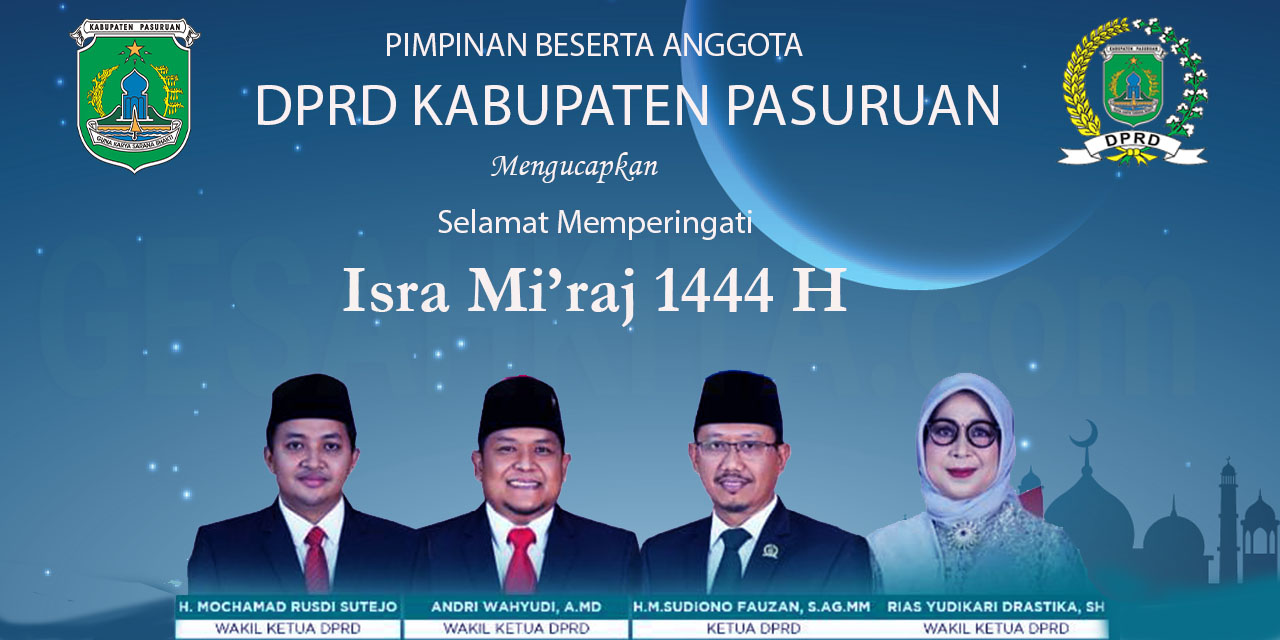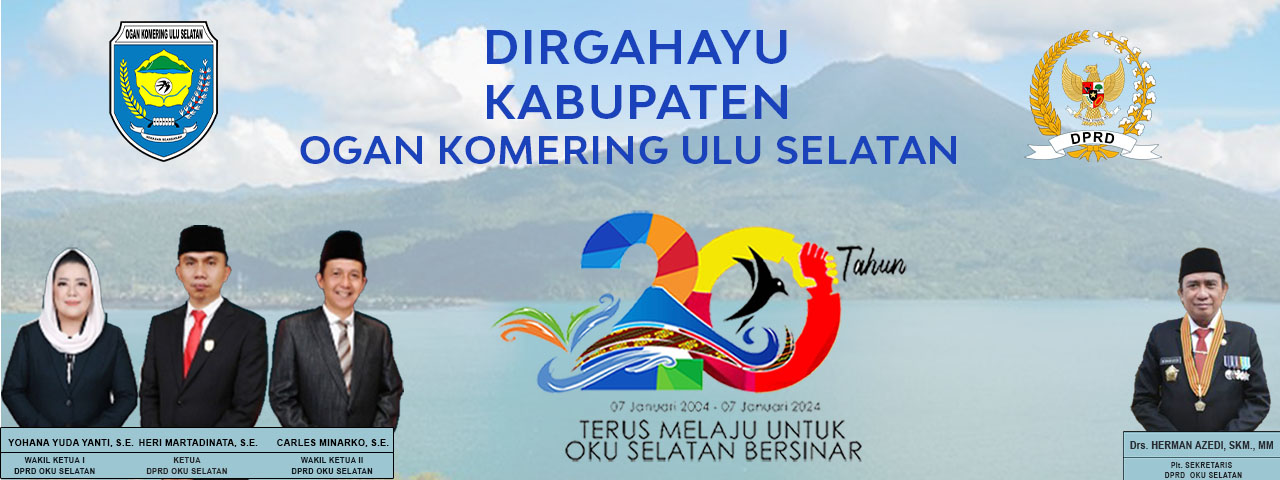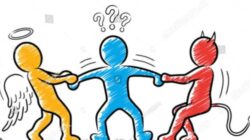PALEMBANG, GESAHKITA COM—-The word materialism consists of the words material and ism. Matter can be understood as material; object; everything in sight.
Materialism according to the Big Indonesian Dictionary (KBBI) is a view of life that seeks the basis of everything including human life in the material realm solely to the exclusion of everything that transcends the realm of the senses.
Meanwhile, people whose lives are material oriented are called materialists. These people are the bearers of materialism or people who only care about material things (wealth, money, etc.).
In philosophy, materialism is the notion that what can be said to really exist is matter. Basically all things consist of matter and all phenomena are the result of material interactions.
Matter is the only substance. As a theory, materialism is a monistic ontology. However, materialism is different from ontological theory which is based on dualism or pluralism. In providing a single explanation of reality, materialism is at odds with idealism.
Materialism does not recognize nonmaterial entities such as spirits, ghosts, demons and angels. There are no immaterial actors. There is no God or supernatural world.
The only reality is matter and everything is a manifestation of material activity. Matter and activity are eternal. There is no first mover or first cause. No life, no eternal mind. All phenomena change, eventually transcend existence, returning again to the primordial, eternal, material base in an eternal transition of existence from matter.
Conflict is a struggle carried out by various parties to obtain rare things such as values, status, power, authority, and so on, where the goal of those fighting is not only to gain profit, but also to subdue their rivals by force or threats.
According to Fisher, conflict is a relationship between two or more parties (individuals or groups) who have, or feel they have, incompatible goals. Conflict is a fact of life, inevitable and often creative. Conflict occurs when people’s goals are not aligned. Conflicts arise because of imbalances between social relations, such as social status gaps, unequal prosperity and unequal access which then lead to problems of discrimination.
Fuad and Maskanah, conflict is a conflict that occurs between two or more parties caused by differences in socio-cultural conditions, values, status, and power, where each party has an interest in natural resources.
Internal conflict is a psychological conflict, the problem arises as a result of a conflict between humans and themselves. For example: conflict between two desires, different choices, expectations or other problems. Literary work is the result of the author’s creativity that expresses a person’s psyche.
Conscience is a cognitive process that gives rise to emotions and rational associations based on an individual’s moral philosophy or value system. Conscience is the opposite of emotions or thoughts evoked by associations based on direct sensory perception and reflexive responses, as in the response of the sympathetic central nervous system.
In general terms, conscience is often described as a feeling of regret when someone commits an act that goes against his or her moral values.
The extent to which conscience informs moral judgments prior to action and whether such moral judgments are based or should be based on reason has led to debate throughout modern history between theories of the ethical foundations of human life coupled with theories of romanticism and reactionary movements. others after the late Middle Ages.
Religious views of conscience usually see it as related to the inherent morality of all human beings, to the benevolent universe and/or to divinity.
The various ritualistic, mythical, doctrinal, legal, institutional and material features of religion may not always coincide with experiential, emotional, spiritual or contemplative considerations about the origin and operation of the conscience.
The general secular or scientific view holds that the capacities of conscience may be genetically determined, with the subject perhaps being studied or imprinted as part of the culture
Commonly used metaphors for conscience include the “inner voice”, “inner light”, or even Socrates’ dependence on what the Greeks called the “daimōnic sign”, an inner voice that prevents only being heard when he is about to make a mistake.
A CANDLE In the character that is built is a symbol of goodness, namely the giver of the light of life, the light of the road. And no less important is this characterization that in this life what can lead to the right path is the light that comes from the candle.
In short or in short, human consciousness that is not rooted in the conscience is only able to see the real things that are tangible. And the opposite thing that is invisible to the eye, namely how something happened, the causal factor is often ignored so that it does not give birth to idealism and truth and morality.
For example, how the bright light exists because of the burning of the candle. But in this case, Fir Azwar , which is the real name of Amanda Maida Lamhati , sees and feels that there will be a time when there will be a death of conscience which she symbolizes in the ballad of a candle that she wrote in 2015.
BALLADA ONE LILIN (1) And (2) is also a series of poetry ontologies in his book, ” The Boat Is No Longer I’m Batching”
(Continued)
THE BALLADA Of A CANDLE
By Amanda Maida Lamhati
A candle speaks to the wind
Bit by bit the story melts in the corner of the room.
“I’m waiting for death to arrive,” said Candle in a low voice. “Hold on with your twinkle, brother”.
They are writing a treatise on life, they still need your light.”
said the wind.
The candle was silent.
Wide Leaf Fever, February 7, 2015
THE BALLADA Of A CANDLE (2)
By Amanda Maida Lamhati
In your twinkle
No more sobbing
In your twinkle
No more regrets
In your twinkle
Chest stabbing wound
In your twinkle
Has whitened eyes
In your twinkle
waiting for death
PGRI Office Jl. Kebon Duku, Palembang, 9 February 2015
Reference Source: Wikipedia, googling
Editor Arjeli Sy Jr



